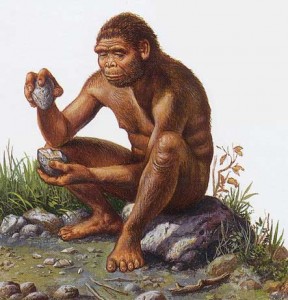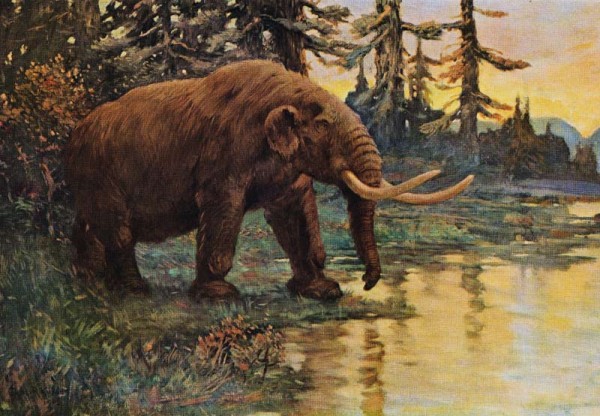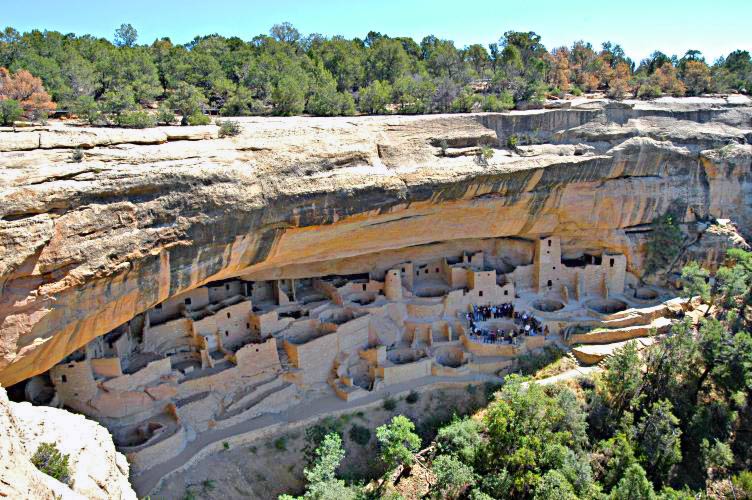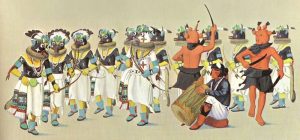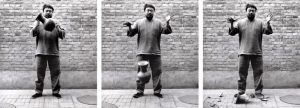Human technology has come a long way. Presently, there are tools everywhere that humans use on a daily basis, but that was not always the case. Homo habilis, a human ancestor that lived roughly 2.4 to 1.5 million years ago, was previously thought to be the first species to make and use primitive tools. The name Homo habilis even translates to handyman due to their remains frequently being found with Oldowan tools. Oldowan tools or Oldowan Industrial Complexes are stone cores that have been struck to break flakes off of them to leave a sharper edge to the stone that could be used for slicing animal carcasses. At one point, Oldowan Industrial Complexes were thought to have been the first evidence of human cultural behavior, but that is no longer the case.
In 2011, researchers in Kenya discovered stones used for cutting and hammering dating 3.3 million years ago, hundreds of thousands of years before Archeologists believed the first tools were created. Such a drastic shift in timeline brings up numerous questions with one being, “who used these primitive tools?” Though recent evidence suggests that the origin of the genus Homo could be as old as 2.8 million years, that would still not be old enough for a member of the genus Homo to have created the first tools. Dr. Taylor, from the National Centre of Scientific Research (CNRS) in France, remarks, “There are a number of possible candidates at present.” The two hominins that are most likely to have been the first tool users, however, are Australopithecus afarensis and Kenyanthropus platyops. Both species were present in Kenya 3.3 million years ago, and both species were previously thought to not be intelligent enough to use tools, but that idea has since been contested.
Though the more primitive tools are similar to Oldowan Industrial Complexes, consisting of flakes, cores, and anvils, archaeologist Sonia Harmand of Stony Brook University proposed that the new discovery be labeled Lomekwian technology. Cut marks on animals bones dating 3.4 million years ago suggest that Lomekwian technology also served the same purpose as Oldowan tools, but Sonia Harmand still believes that they must be in a separate category, as they look too different and are too old compared to Oldowan implements to describe the same technology. Human technology is ever-changing but its origin is finally understood.
References:
Balter, Michael. “World’s Oldest Stone Tools Discovered in Kenya.” Science, https://www.science.org/content/article/world-s-oldest-stone-tools-discovered-kenya.
“Homo Habilis: Early Toolmakers.” The Human Journey, 17 June 2020, https://humanjourney.us/discovering-our-distant-ancestors-section/homo-habilis/#:~:text=habilis%20fashioned%20and%20used%20primitive,scraping%20off%20meat%20from%20bones.
Morelle, Rebecca. “Oldest Stone Tools Pre-Date Earliest Humans.” BBC News, BBC, 20 May 2015, https://www.bbc.com/news/science-environment-32804177.
“A Snapshot of Human Origins.” NPR, NPR, 11 June 2003, https://www.npr.org/2003/06/11/1295460/a-snapshot-of-human-origins#:~:text=Homo%20habilis%2C%20which%20actually%20means,than%20the%20Homo%20erectus%20brain.

